Large perovskite films for solar cells can now be rapidly manufactured. The new approach, which combines the right amounts of volatile and less volatile solvents in a blade-coating process, could be an important step towards the commercialisation of perovskite solar cells.
The efficiencies of perovskite photovoltaic devices have increased considerably in the last decade, reaching upwards of 24%. But the efficiency records have been set on tiny devices and increasing the cell area without affecting efficiency is challenging. Although rapid deposition of large-area perovskite films under ambient conditions is an important goal in photovoltaics, rapid crystallisation at low temperatures generally results in poor quality films that are not suitable for solar cell applications, so a slow growth and/or high temperatures are commonly used.
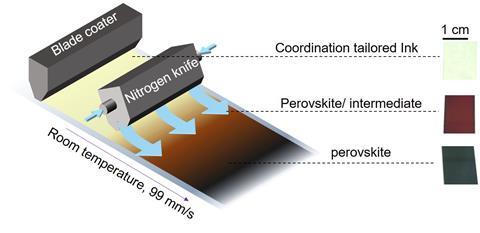
Scientists in the US have now deposited large-area, high-quality perovskite films at 99 mm/s under mild conditions. ‘We designed a general solvent mixing so that one can blade-coat continuous, large grain and compact perovskite films at unprecedented speed at room temperature in air,’ says team leader Jinsong Huang of the University of North Carolina. The researchers characterised the deposits using scanning electron microscopy and x-ray diffraction and then used them to fabricate solar modules with aperture areas above 60cm2 and efficiencies up to 16.4% – the highest value reported so far for perovskite devices with comparable area. The researchers say that they have now been able to improve the method further, reaching coating speeds of up to 500mm/s and module efficiencies close to 18%.
‘The obtained films have a long carrier-recombination lifetime and a small density of defects and are thus good for high-efficiency solar cells,’ Huang says. To produce the films, the researchers tailored the solvent coordination during the deposition of methylammonium lead triiodide perovskite, but they say the method can be applied to other perovskite compositions.
‘The authors have used a mixture of volatile and low-volatile solvents to form quick-drying, large-area perovskite films,’ explains Michael Saliba of the Technical University of Darmstadt, Germany, who was not involved in the study. ‘This means a liquid perovskite ink dries into a high-quality solid film. The process resembles techniques that are used for printing newspapers.’ The mixture contained 98% acetonitrile/2-methoxyethanol (3:2 volume ratio), which gives a highly volatile solvent, as well as 2% dimethyl sulfoxide, which coordinates to the lead(II) ions of the perovskite precursor and dries more slowly. ‘The easy-drying solvent allows fast coating at room temperature, while the coordinating solvent enables compact perovskite-film formation with large grain size,’ explains Huang. To accelerate the drying process, the scientists applied a nitrogen flow after the blade. With the new method, they were able to coat a perovskite film with an area of about 225cm2 on flexible Corning glass.
Joseph Berry at the National Renewable Energy Laboratory, US, points out that the work deals with two important issues in perovskite photovoltaics. ‘It addresses a key challenge of high-speed fabrication, which is required for low-cost photovoltaics, and provides insight regarding the more general cross-cutting questions about formation, chemistry and their relationship to electronic properties in hybrid perovskite materials,’ he says. ‘To make stable devices, these two challenges must be addressed together as done by Professor Huang’s group.’ Saliba adds that the approach ‘provides a pathway to established deposition techniques from the printing industry’ and could therefore help to overcome one of the main obstacles for upscaling in the commercialisation of perovskite solar cells.
References
J Huang et al, Sci. Adv., 2019, DOI: 10.1126/sciadv.aax7537
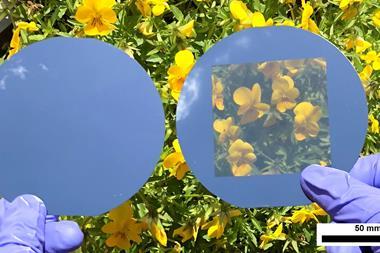


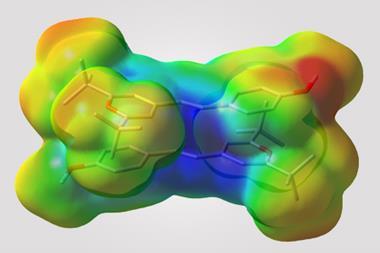

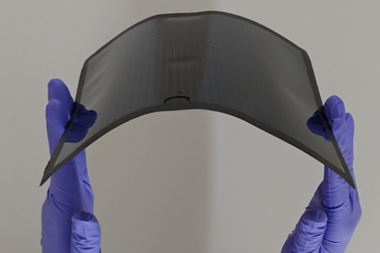
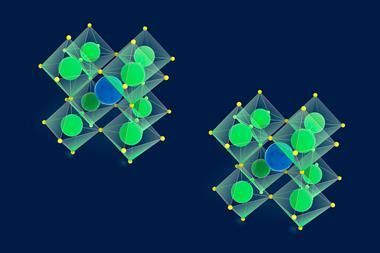
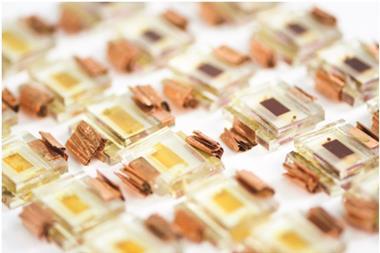








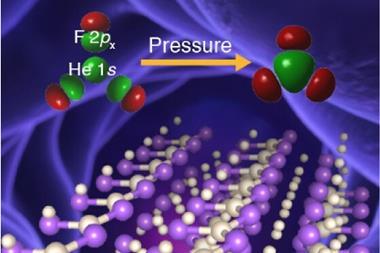

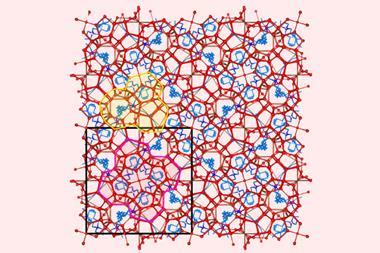

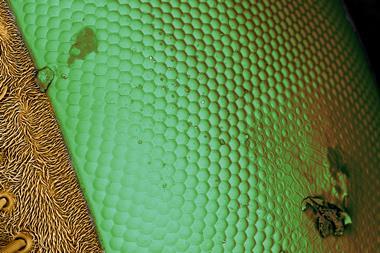
No comments yet